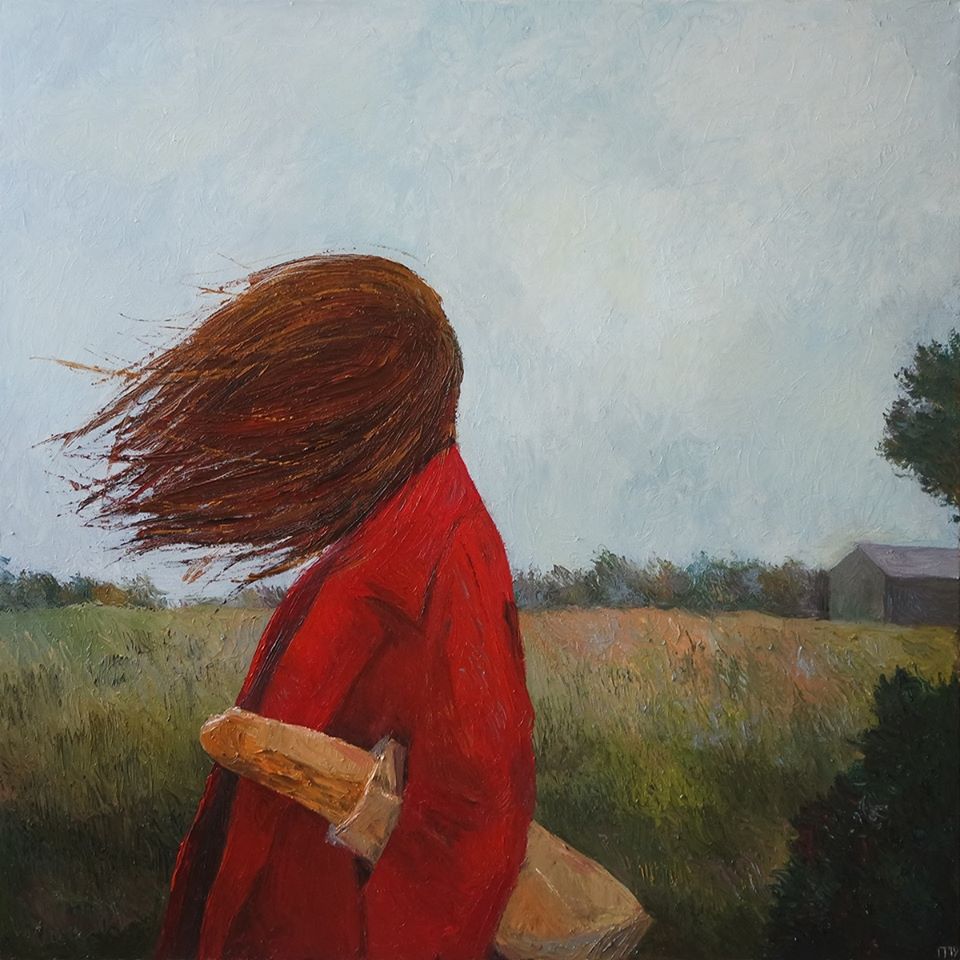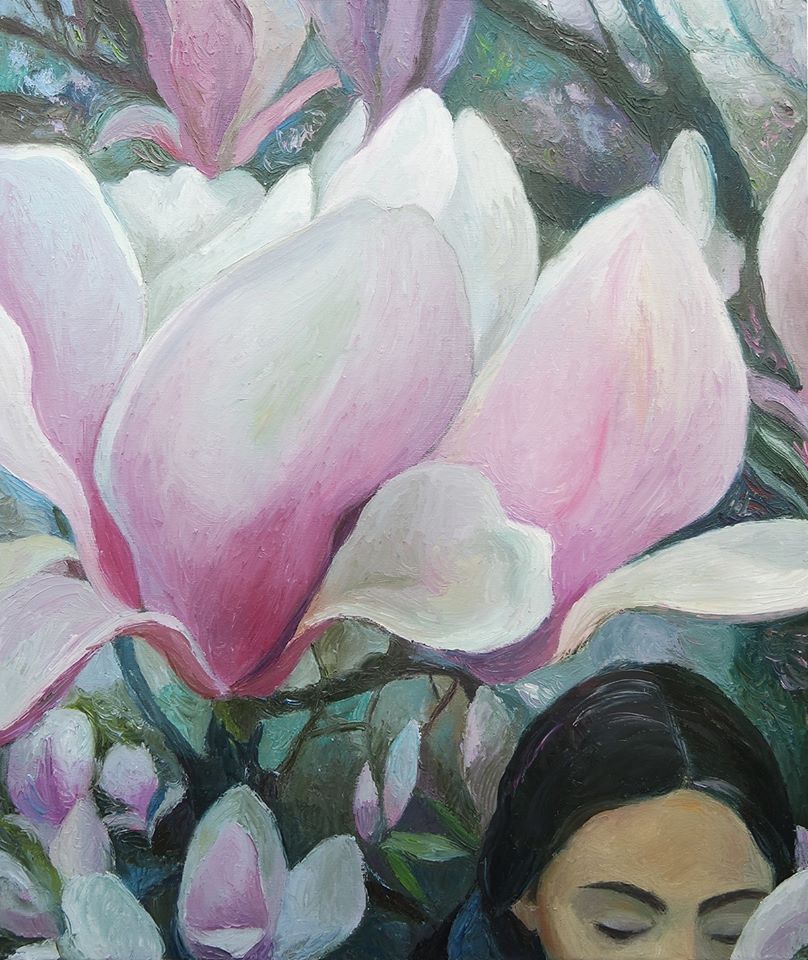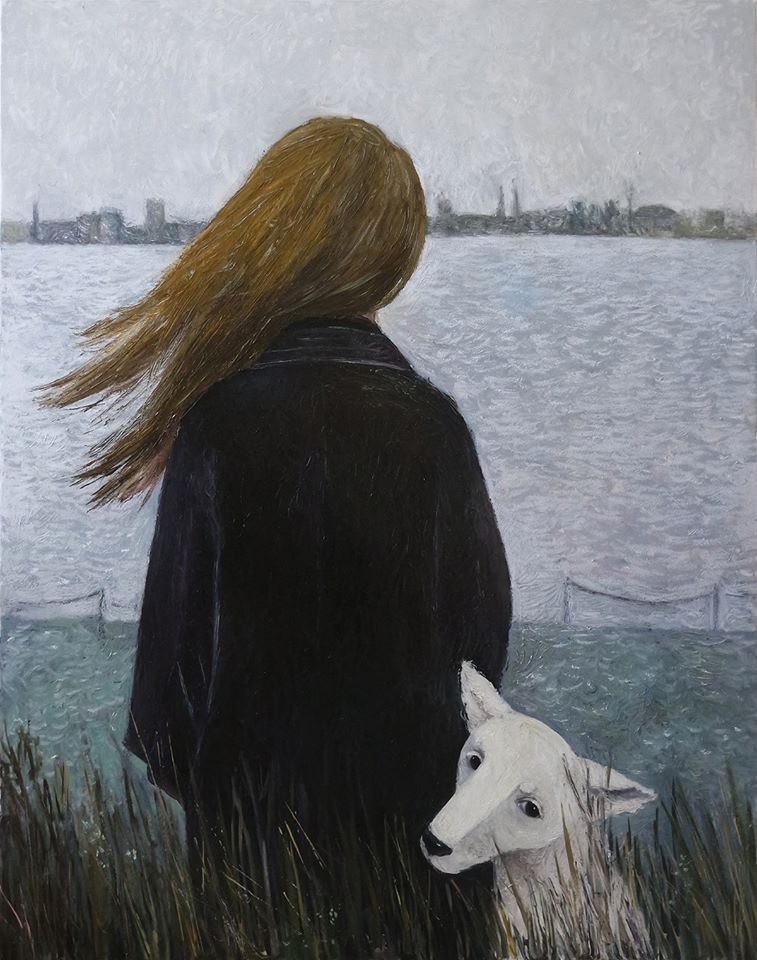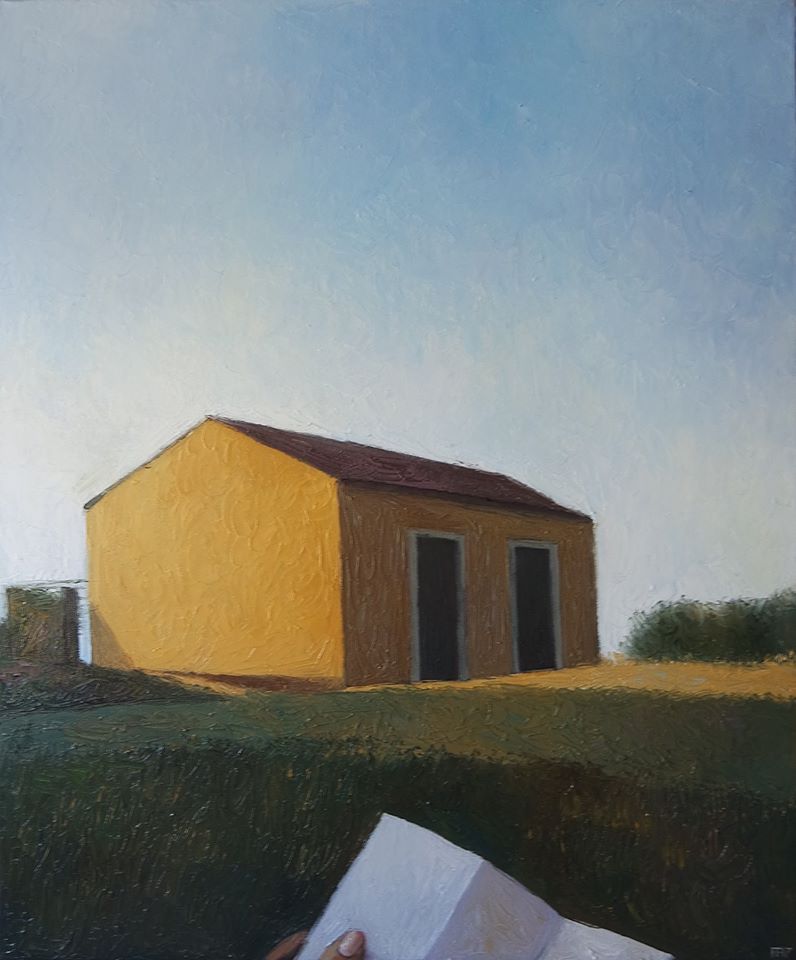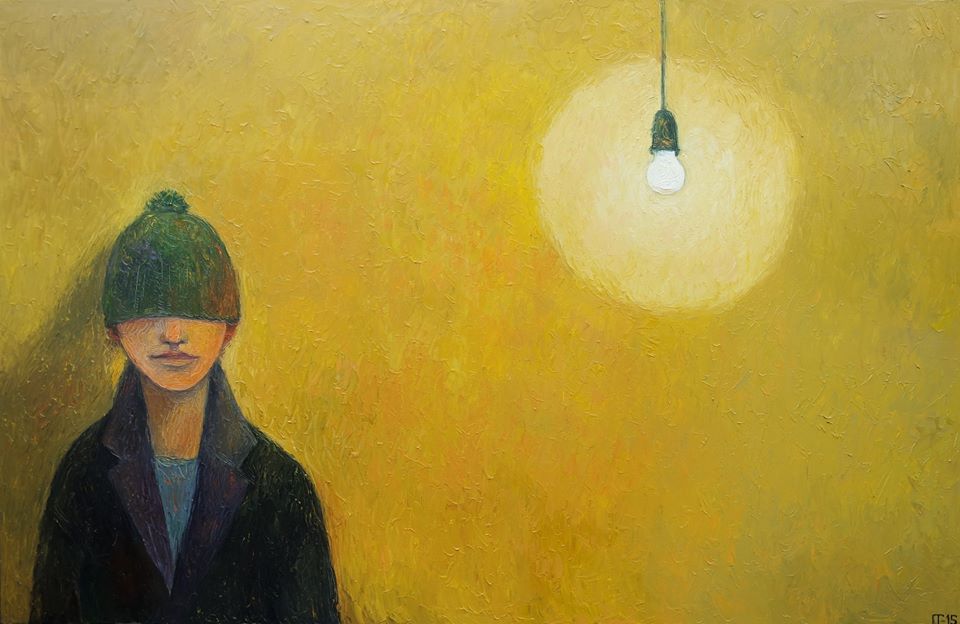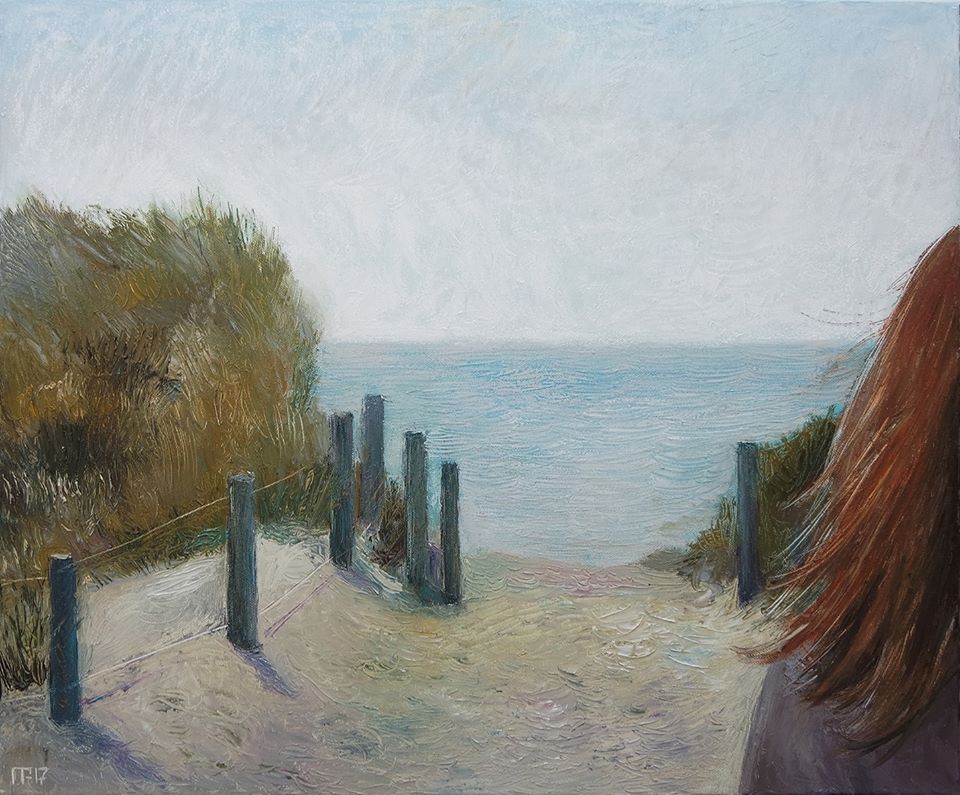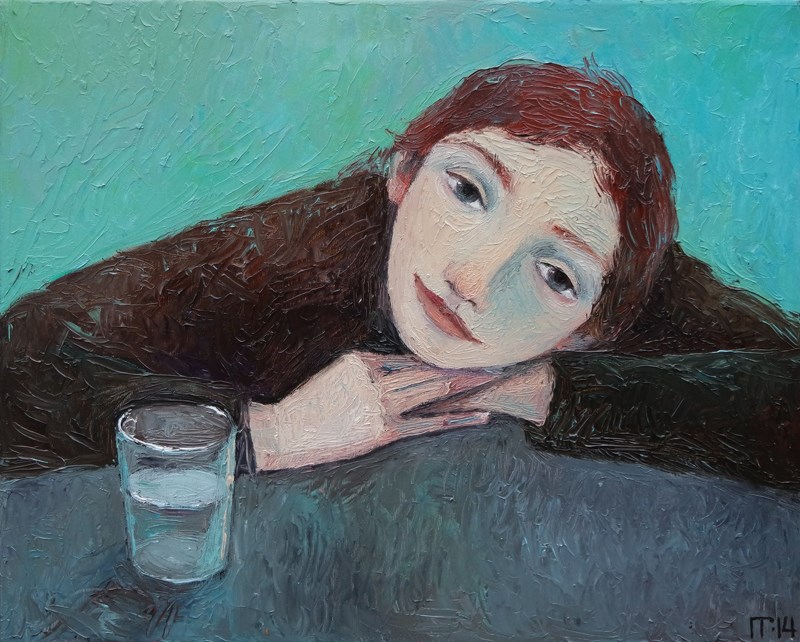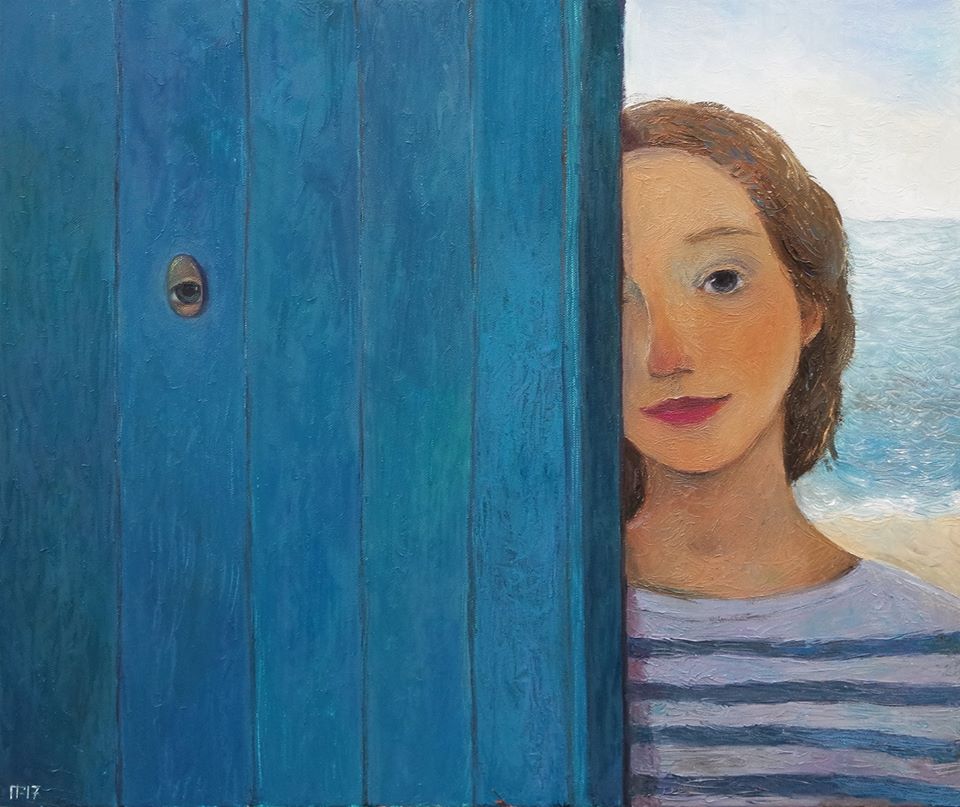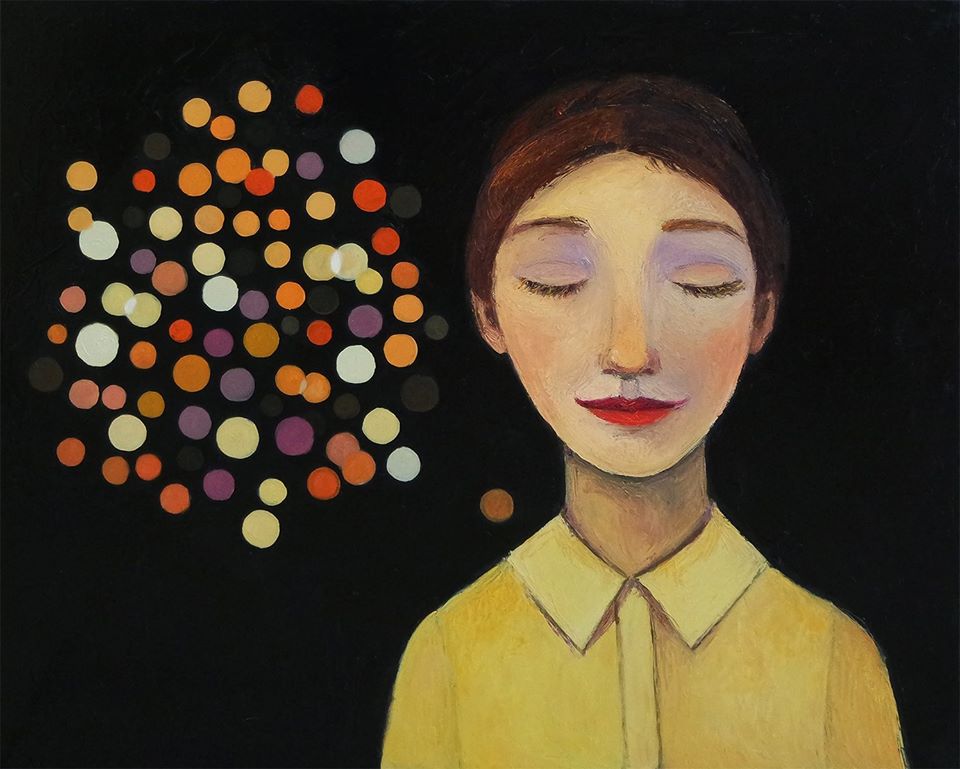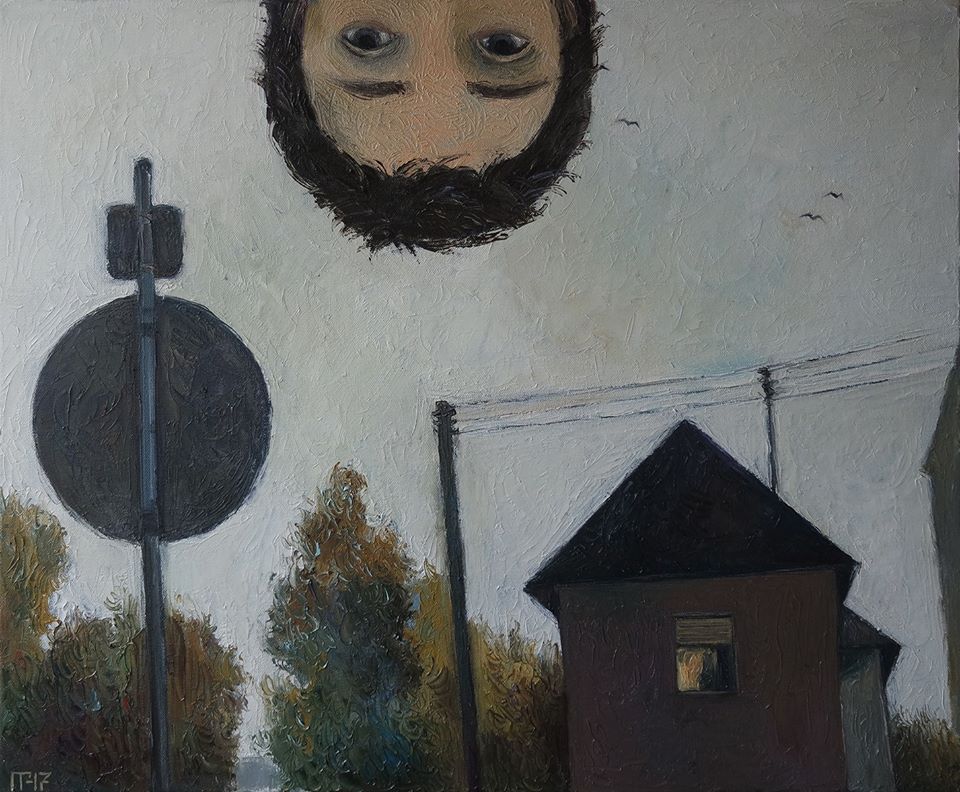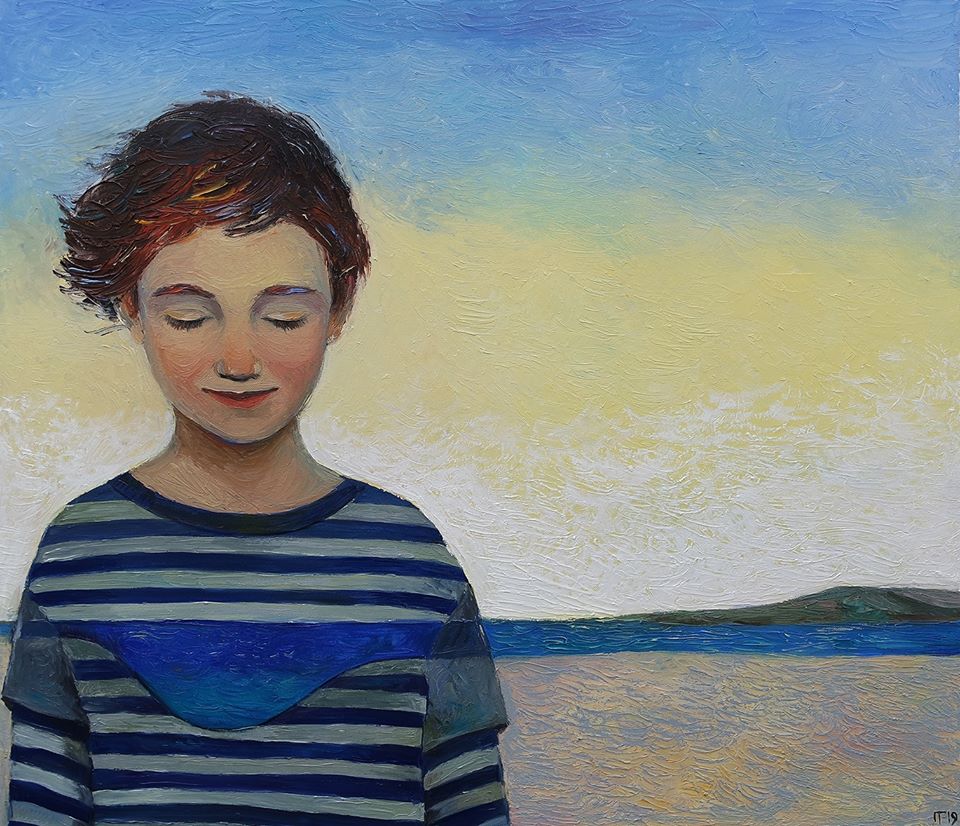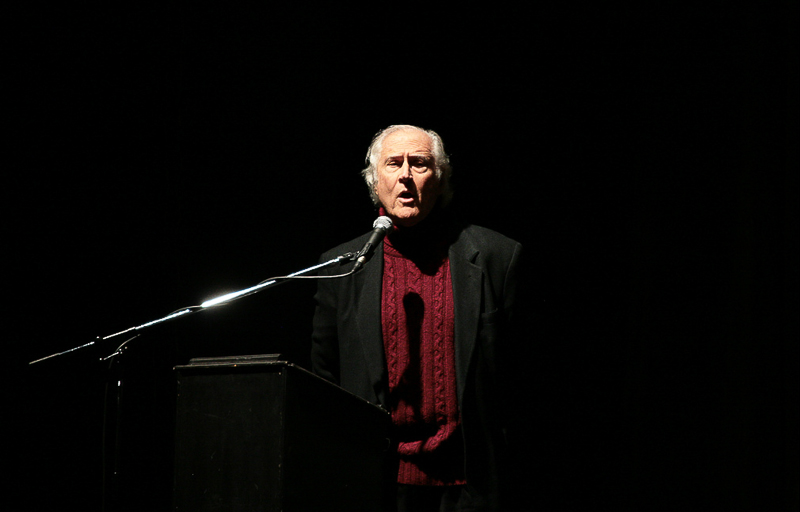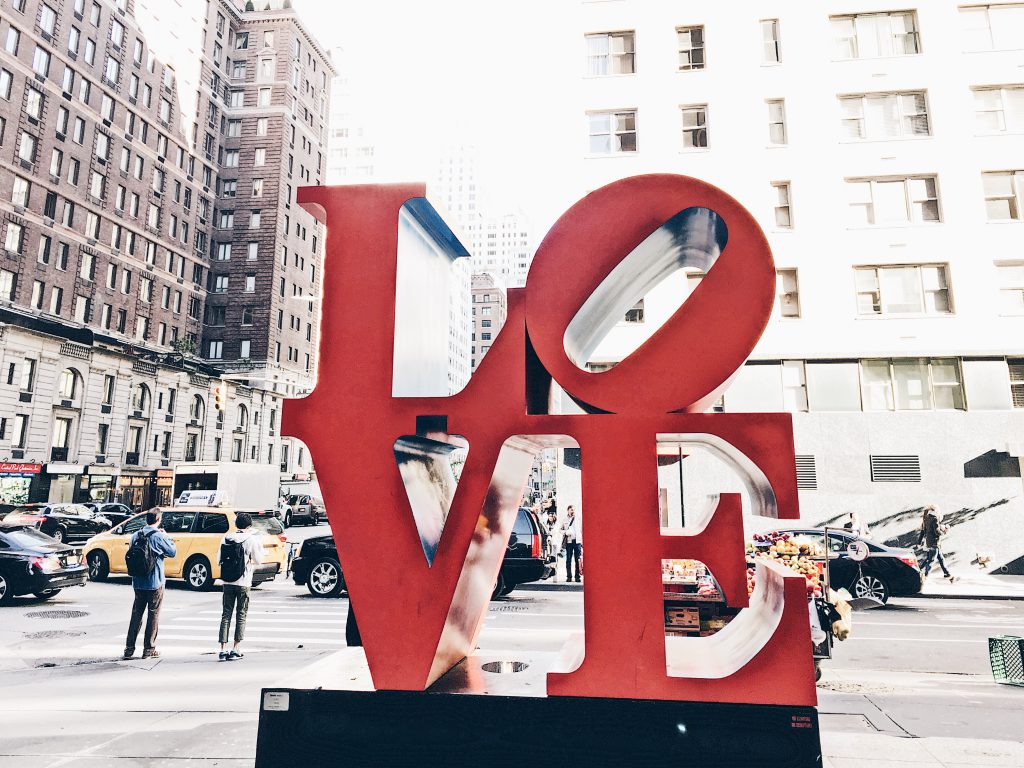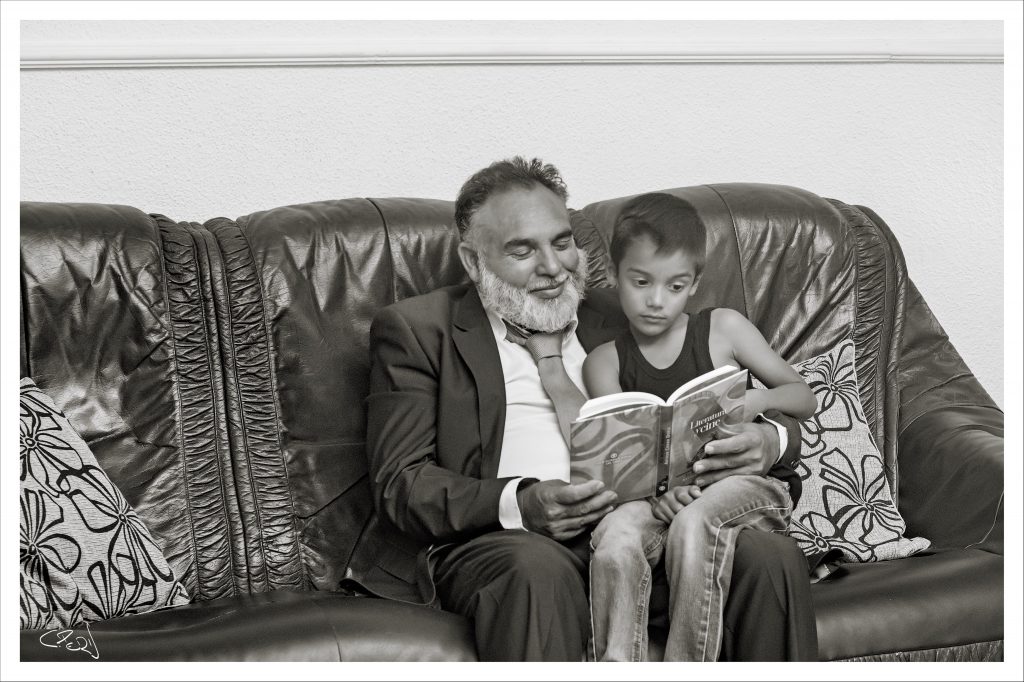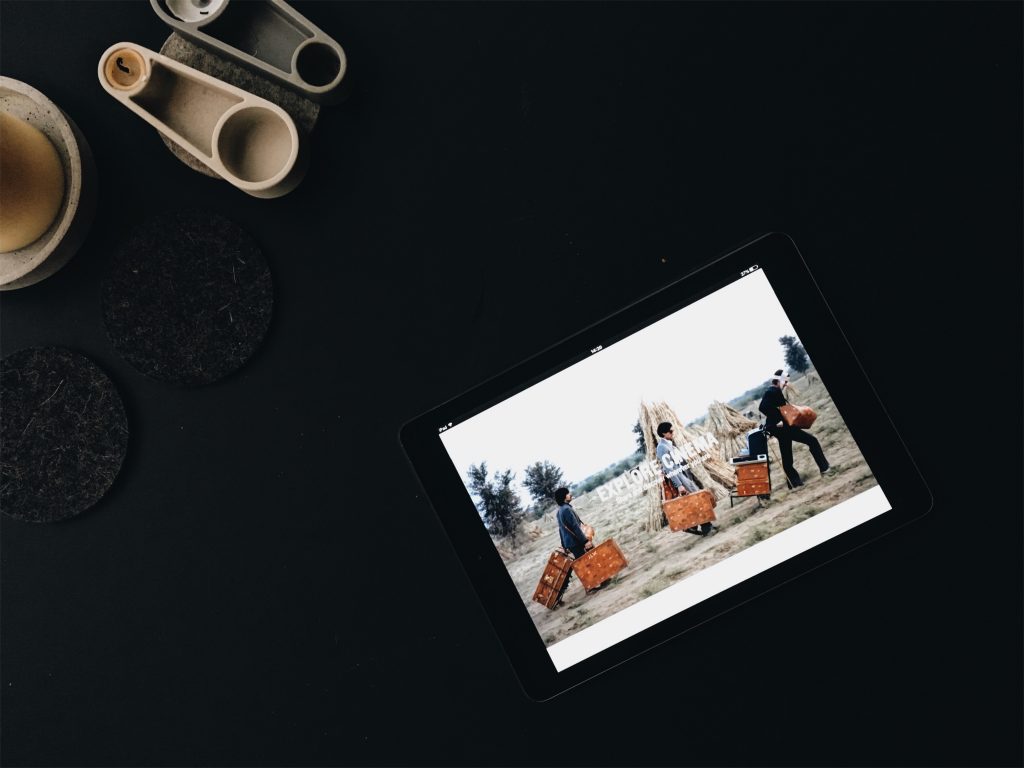Can you introduce yourself in a few lines? Where are you from, how did you become an artist…?
I am from Moscow, Russia, but since several years I live with my family in Bonn, Germany.
For the most part, I am a painter, but I work in different fields, such as book and magazine illustration, graphic design and theatre.
I have always painted and this started in my early childhood. At the age of 6, I always looked at wonderful art books and magazines, so, when I was young, my mother took me to an art-studio. First it was a children’s art studio, and after a few years, my teacher decided to enrol me to a studio for adults. And from that time, I never had doubts about my future profession. Then I continued my art education in Moscow in an art school and at the University.
What are your main influences for your art and where do you draw inspiration?
During the daytime, it is very important for me to go for a walk. Even if sometimes it is not easy to find the time for it. To look at nature, to observe the changing of seasons, to listen to the sounds of streets. All these things help me to find calm and inspiration. We don’t live far from the Rhine. I love to walk just along the river bank and to look at the water, to absorb the nuances of colours of the water and sky, to listen to birds and everything going on around me. Another place where I like to go to are the botanical gardens. Bonn has a very nice one. During the week, it is very empty and one can just walk there or sit on a bank, looking down at the lake and admire all the plants.
Reading books and listening to music are also my favourite occupations. I like to go with my husband to bookshops in search for new books, to record stores, where we are on the hunt for new music. To discover new things inspires me.
What do you want people to emote / feel when they look at your work?
I don’t particularly like to connect paintings to stories. When I work, I have a certain image in my imagination that I would like to paint. For me, it is like a picture from a film, which I started to look at, it evolves and I will not see the resolution until the end. I can feel the atmosphere, colours, mood… but there is no concrete, real story behind it. But each person, who looks at my painting, can find something, which touches them, their own associations, explanations and story. Sometimes they are completely different. But the most important for me is that the painting touches the person and he or she starts to think about it.
How much does Russia play a part in your art?
If to mean Russian tradition as an art, which is influenced by folkloric elements, then for sure I can tell that there is no tradition (as such) in my art. But as a Russian, I cannot say that I’m totally free from influence of Russian art. Everything influences you that surrounds you, from the beginning of your life to where you are today. I had Russian art teachers, they had probably an influence on my early works. And I have probably something in common with those artists, which have a figurative poetic way of representing reality. But these could be artists from anywhere. And what is really the Russian Art tradition? Many artists lived in Paris and worked and lived with artists from all over the world. Chagall, for example, was Jewish and came from Vitebsk, a Belarusian town. I think it is much more what you absorb from your surroundings that influences you, just because it is your life and not because of a certain mentality or way of seeing things.
Most of your art includes faces of people. Tell us more about that.
Most important for me is to emphasise that, in my paintings, it is not me. In a novel, it would be a big mistake to think that the protagonist is the author. There is a process of working and elaborating ideas and reality, which makes it unreal to represent yourself, particularly if you want to put a specific idea into a creative work. I think the same happens to an artist. It is only passing through me, I put my ability and my emotions inside, but through the process of creation it changes into something completely different. If the women in my paintings are sometimes similar to me, then it should be considered like a mask.
What’s next for you (new series, new exhibition …)?
My next project is an interdisciplinary collaboration called “Emotions Project”, with the American composer and musician Molly Joyce, the Russian Bolshoi Theatre dancer and teacher Anna Koblova and my husband, writer Marco Grosse. Together we explore frequent, but unknown emotions of the human condition.
Furthermore, I have a graphic project with the dance company, Vanek Preuß. In October 2020, the graphic works will be on show in the Brotfabrik, Bonn.
